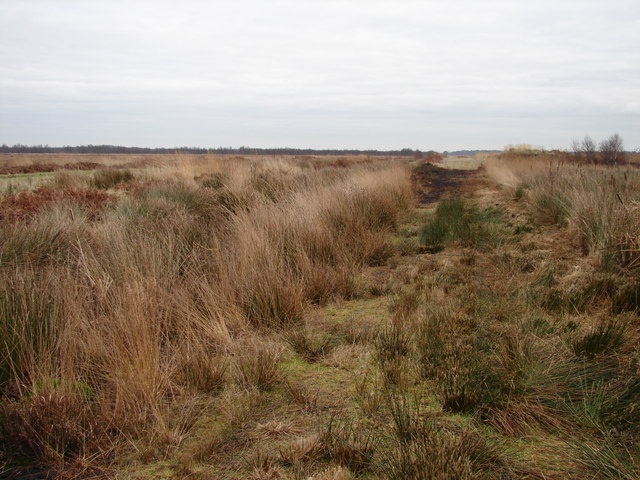Humberhead Levels on:
[Wikipedia]
[Google]
[Amazon]
 The Humberhead Levels is a national character area covering a large expanse of flat, low-lying land towards the western end of the
The Humberhead Levels is a national character area covering a large expanse of flat, low-lying land towards the western end of the
Sea Level research in the areaHumberhead Peatlands National Nature Reserve
{{authority control
 The Humberhead Levels is a national character area covering a large expanse of flat, low-lying land towards the western end of the
The Humberhead Levels is a national character area covering a large expanse of flat, low-lying land towards the western end of the Humber
The Humber is a large tidal estuary on the east coast of Northern England. It is formed at Trent Falls, Faxfleet, by the confluence of the tidal rivers Ouse and Trent. From there to the North Sea, it forms part of the boundary between th ...
estuary in northern England. The levels occupy the former Glacial Lake Humber, an area bounded to the east by the Yorkshire Wolds
The Yorkshire Wolds are low hills in the counties of the East Riding of Yorkshire and North Yorkshire in north-eastern England. The name also applies to the district in which the hills lie.
On the western edge, the Wolds rise to an escarpment wh ...
and the northern Lincolnshire
Lincolnshire (abbreviated Lincs.) is a county in the East Midlands of England, with a long coastline on the North Sea to the east. It borders Norfolk to the south-east, Cambridgeshire to the south, Rutland to the south-west, Leicestershire ...
Edge, a limestone escarpment
An escarpment is a steep slope or long cliff that forms as a result of faulting or erosion and separates two relatively level areas having different elevations.
The terms ''scarp'' and ''scarp face'' are often used interchangeably with ''escar ...
, and to the west by the southern part of the Yorkshire magnesian limestone
The Magnesian Limestone is a suite of carbonate rocks in north-east England dating from the Permian period. The outcrop stretches from Nottingham northwards through Yorkshire and into County Durham where it is exposed along the coast between Ha ...
ridge. In the north the levels merge into the slightly more undulating Vale of York
The Vale of York is an area of flat land in the northeast of England. The vale is a major agricultural area and serves as the main north–south transport corridor for Northern England.
The Vale of York is often supposed to stretch from the R ...
close to the Escrick glacial moraine
A moraine is any accumulation of unconsolidated debris (regolith and rock), sometimes referred to as glacial till, that occurs in both currently and formerly glaciated regions, and that has been previously carried along by a glacier or ice shee ...
, and to the south merge into the Trent
Trent may refer to:
Places Italy
* Trento in northern Italy, site of the Council of Trent United Kingdom
* Trent, Dorset, England, United Kingdom Germany
* Trent, Germany, a municipality on the island of Rügen United States
* Trent, California, ...
Vale.
Glacial Lake Humber
During the last ice age, a glacier extended across this area almost to whereDoncaster
Doncaster (, ) is a city in South Yorkshire, England. Named after the River Don, it is the administrative centre of the larger City of Doncaster. It is the second largest settlement in South Yorkshire after Sheffield. Doncaster is situated in ...
now is. The main glacial front was at Escrick where the Escrick moraine marks its furthest extension. This was the northern limit of an extensive lake which was impounded by the blocking of the Humber Gap
The Humber Gap is a term for the geographic gap between the roughly north–south running line of hills formed by the Yorkshire Wolds and the Lincolnshire Wolds, formed by the west–east running Humber Estuary.
In the geological past the gap ...
by another ice front. The lake bottom gradually filled with clay sediments which are up to 20 metres thick. The clay sediments are locally overlain by peat deposits forming raised mire
A bog or bogland is a wetland that accumulates peat as a deposit of dead plant materials often mosses, typically sphagnum moss. It is one of the four main types of wetlands. Other names for bogs include mire, mosses, quagmire, and muskeg; ...
s. At the base of the peat layers are the remains of a buried forest.
Early settlement
The Humberhead Levels have been settled for several thousand years. The drier northern area was settled before the Roman era. The lighter soils there were easier to drain with hand tools, and the area was extensively cleared for small-scale pastoral farming. The system of easily navigable rivers was used by invading late fifth- and sixth-centuryAngles
The Angles ( ang, Ængle, ; la, Angli) were one of the main Germanic peoples who settled in Great Britain in the post-Roman period. They founded several kingdoms of the Heptarchy in Anglo-Saxon England. Their name is the root of the name ' ...
and eighth- and ninth-century Vikings
Vikings ; non, víkingr is the modern name given to seafaring people originally from Scandinavia (present-day Denmark, Norway and Sweden),
who from the late 8th to the late 11th centuries raided, pirated, traded and se ...
who were able to penetrate deep into the countryside.
References
External links
Sea Level research in the area
{{authority control
Humber
The Humber is a large tidal estuary on the east coast of Northern England. It is formed at Trent Falls, Faxfleet, by the confluence of the tidal rivers Ouse and Trent. From there to the North Sea, it forms part of the boundary between th ...
Geography of the East Riding of Yorkshire
Geography of Lincolnshire
Humber
Levels in the United Kingdom
Natural regions of England